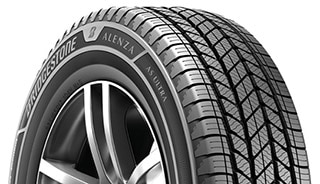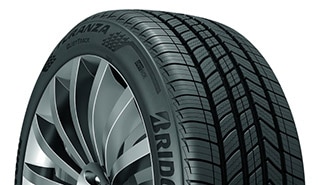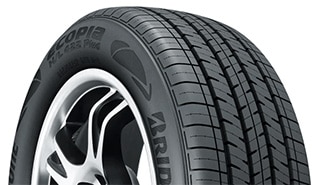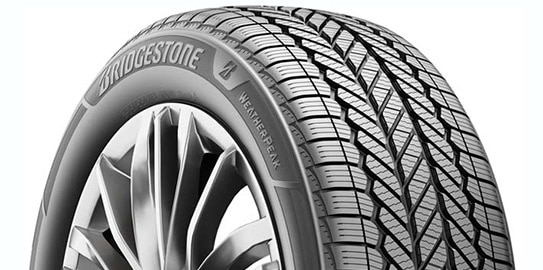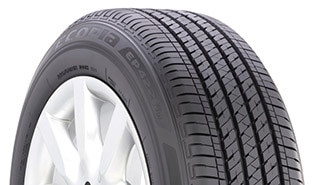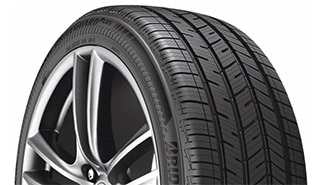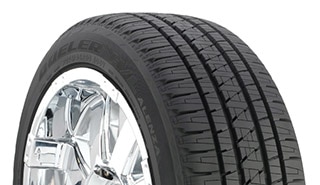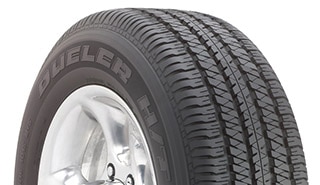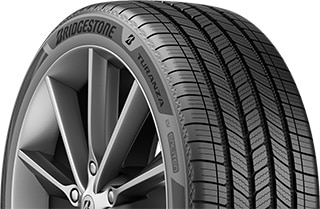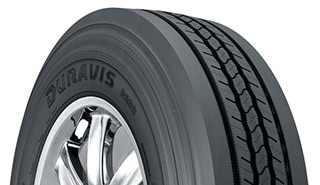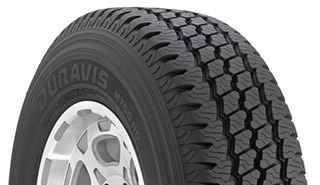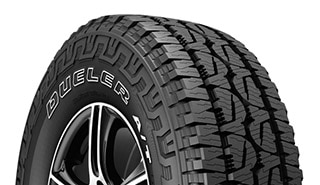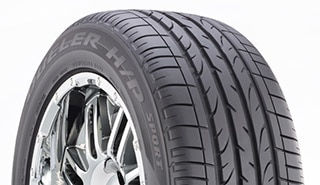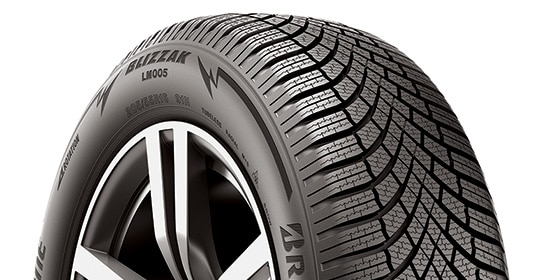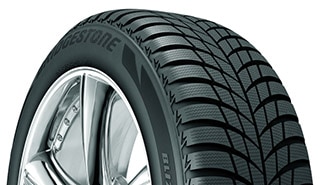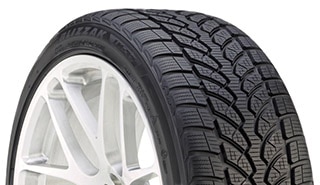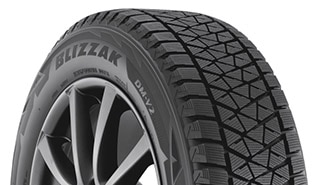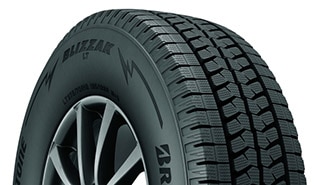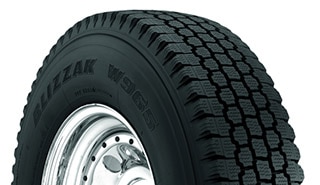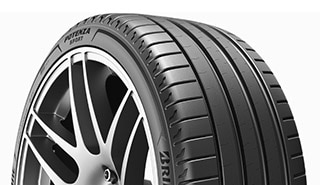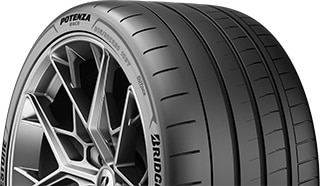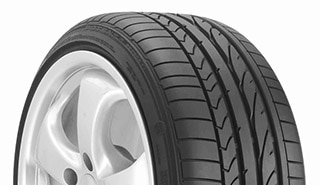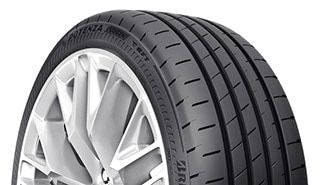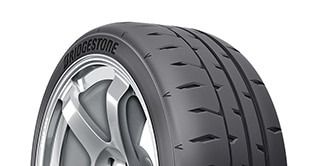ROAD SALT IN WINTER
During the winter, road salt is applied to the roadway to melt snow and ice.
For regions that experience frequent snowstorms, salting can help keep streets and sidewalks clear and prevent slick driving conditions. Road salting is a common practice in many states and is widely considered an effective method for preventing weather-related collisions. In fact, the American Highway Users Alliance found that road salt reduces collisions by up to 85%.
While it may be a tried-and-true method for preventing ice, road salt can take a toll on vehicle parts and the environment. So, what's the verdict? Is the use of salt to de-ice roads a good or bad thing? Learn more about the pros and cons of de-icing and preventing slick roads with salt.
WHAT'S ROAD SALT AND HOW DOES ROAD SALT WORK?
Road salt is a large-crystal rock salt that's sprinkled directly onto roadways using specially equipped salt trucks. Chemically, road salt is typically either sodium chloride (the same as table salt) or calcium chloride (which is just as effective but can be cheaper than sodium chloride).
Using road salt is a means of freezing point depression, which means that road salt can lower the freezing temperature of the water. When temperatures are below 32 degrees Fahrenheit, sprinkling salt directly on icy roads can melt icy patches on the roadway.
The effectiveness of road salt in winter depends on the amount of salt used. Since road salt crystals are larger than regular table salt, the pressure from vehicles driving over salted roadways can also increase road salt's effectiveness. More salt is needed to manage ice as temperatures drop further below 32 degrees Fahrenheit.
THE NEGATIVE EFFECTS OF ROAD SALT
The U.S. uses more than 24,000,000 tons of salt every year. While this does help lower the risk of accidents in winter weather, salting the road can negatively affect motorists and the environment. Here are some of the cons that can come with road salt.
ROAD SALT CAN DAMAGE YOUR VEHICLE.
Road salt can speed up chemical reactions between elements in the environment and metal components of your vehicle. The more road salt that comes into contact with your vehicle, the higher your likelihood of severe rust damage will be.
Here's how road salt encourages rust formation:
- Water from precipitation puts oxygen and carbon dioxide in contact with metal car parts.
- Free-floating ions in road salt come into contact with the water. These ions speed up the formation of iron oxide.
- Rust (which is simply a layer of iron oxide) begins to form and erode metal car parts. Road salt and water from precipitation make the rusting process occur faster than normal conditions would allow.
You may not be able to run from science, but how can you keep rust to a minimum when you have no choice but to drive on salted roads?
The best thing you can do is wash and wax your car frequently – especially before and during winter. The more often you wash and wax, the more salt you will remove. Usually, the parts of your car that you don't see are the ones that sustain the most damage from road salt. (So spring for the undercarriage wash at the car wash!)
Sealing your vehicle undercarriage can also help slow rust damage. In the fall, before roads start getting icy, talk to an automotive professional about sealants and other preemptive precautions for road salt.
ROAD SALT MAY DAMAGE VITAL ELEMENTS OF INFRASTRUCTURE, LIKE STREETS AND SIDEWALKS.
If your vehicle can experience rust damage by merely driving on salted roads, imagine the damage salt can cause on the roadway itself. When roads, bridges, sidewalks, parking garages, and sidewalks are thoroughly coated with salt, the materials used to construct these structures can begin to break down.
Heavy use of road salt can cause potholes and gouges in the road, and in some cases, salt can compromise the structural integrity of concrete as it soaks in. In areas where railroad crossings are common on the roadway, salt can quickly corrode train tracks, too. This damage is estimated to cost the highway and automobile industries $3.5 to $7 billion per year in the U.S.
ROAD SALT CAN CAUSE ENVIRONMENTAL POLLUTION.
Consider this: just one teaspoon of salt can permanently pollute five gallons of water, reports the Minnesota Pollution Control Agency. Five gallons! Now, think about how much salt is used to melt snow and ice on your roads during winter – approximately 24,000,000 tons in the U.S. every year!
Unfortunately, road salt doesn't stay on the road itself. As snow and ice melt, the resulting water runoff carries road salt into rivers, lakes and oceans. Contaminated water is deadly to some aquatic creatures and ecosystems, but even land-based animals and plants can suffer from salt. Birds may ingest salt granules, which can poison them and ultimately lead to reduced local populations.
Deer, moose and elk are also attracted to salt, which could cause them to wander into roadways and cause accidents. Many plants cannot withstand contaminated water, and their foliage can become severely damaged — or worse, some plant species may die off entirely once contaminated water inhibits their nutrient intake.
ROAD SALT CAN POLLUTE HUMAN DRINKING WATER.
Think your drinking water isn't threatened by pollution from road salt? Think again. When contaminated water comes into contact with water pipes underground, corrosion can happen fast. In areas with lead pipes, this corrosion can lead to toxic lead flaking off into water sources that run directly into our homes and businesses.
THE POSITIVE EFFECTS OF ROAD SALT
Despite its negative consequences, the effectiveness of road salt in preventing accidents is undeniable. According to a study from the American Highway Users Alliance, for every 10% improvement in road surface friction, a 20% reduction in crashes follows. That same study showed that de-icing with road salt could reduce up to 93% of winter accidents – in other words, nearly all of them.
When widespread winter weather hits, road salt is one of the most budget-friendly de-icing tools for roadways. Many states use it almost exclusively because it only costs about $50 per ton (though, when there are shortages, these prices can skyrocket to $250/ton).
The bottom line? Salt is cost-effective and helps prevent collisions, injuries and highway fatalities, which is why many states rely heavily on road salt in winter.
WEIGHING ENVIRONMENTAL COSTS VS. SAFETY BENEFITS OF ROAD SALT
Given that road salt benefits communities by making it safer to drive in winter, what are state and local authorities doing to combat road salt's damaging effects on the environment?
One technique growing in popularity is "anti-icing" roads in anticipation of winter weather events. Not to be confused with de-icing procedures, which refer to actions taken to melt ice already on the roads, anti-icing involves spraying dry roads with pre-mixed salt solutions referred to as "brine."
The result is a "non-stick" layer that helps prevent ice from forming in the first place. Since brine is a pre-emptive measure that's most often used before winter weather worsens, it requires significantly lower quantities of salt — but it can be just as effective if timed correctly.
Other states are exploring more unusual alternatives, such as cheese brine, molasses and solar-powered road systems. In Missouri, the Department of Transportation adds beet juice to its salt brine solutions, which can help reduce salt's corrosive properties and slow damage to vehicles and infrastructure.
Despite progress with alternative ice management methods, it's not likely that these alternatives will completely replace road salt any time soon. Public safety relies on road salt, and even advanced research is merely reducing our use of salt — not eliminating the need for it.
WHAT ELSE CAN YOU DO TO PREVENT WINTER ACCIDENTS?
You can contribute to a future with safer winter roads, too. How? Here are a few tips on equipping your car for winter and preventing accidents when roads are affected by snow and ice.
- Check out our winter driving safety tips. Skids and slides may be unavoidable in some wintry conditions. Still, basic knowledge of how to drive in snow and ice can make all the difference between a quick recovery and a dangerous accident. Ensure your car is ready for winter and read up on the best winter driving practices.
- Consider using other materials whenever possible to reduce your salt consumption. Change starts with you! Rather than salting streets and sidewalks near your residence or business, consider using sand or kitty litter to increase surface traction or an engineered "ice melt" solution to reduce environmental impact. Note that neither salt-alternative will melt the ice, but they can help provide traction and help prevent slipping.
- Make sure you have the right tires on your vehicle. When snow and ice blanket the roadway, all-season tires may not cut it. Find the right Bridgestone Blizzak tires for your vehicle and enjoy better grip and easier vehicle control during winter drives.
A JOURNEY TOWARD SUSTAINABILITY
Much like researchers and roadway officials are on a journey toward less salt use, Bridgestone is on a journey toward using 100% sustainable materials. As we pioneer the best tires in the industry, we're committed to creating a better future for the communities we serve through responsible materials sourcing and manufacturing practices. When you choose Bridgestone winter tires, you can drive with confidence, knowing that you're getting a tire that's engineered for safety — and helping us create a legacy of sustainability for future generations.
HOW TO WIN AT WINTER DRIVING
When it comes to driving in winter weather, having the right snow tires matters. Learn how Bridgestone Blizzak premium winter tires are designed to deliver optimal snow and ice performance.




